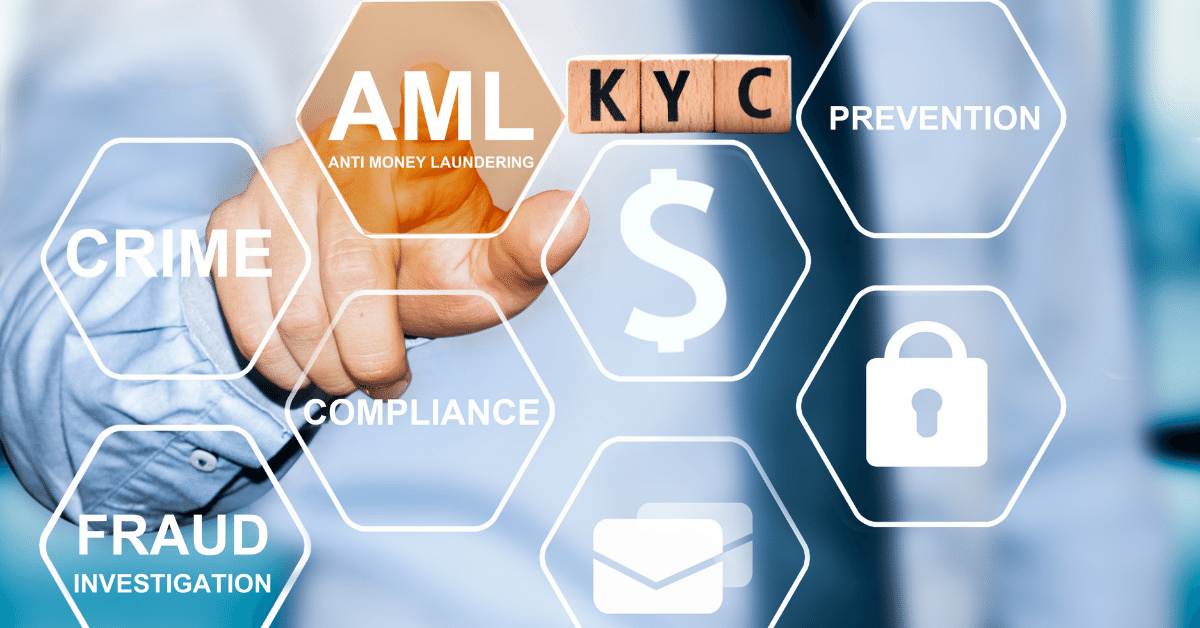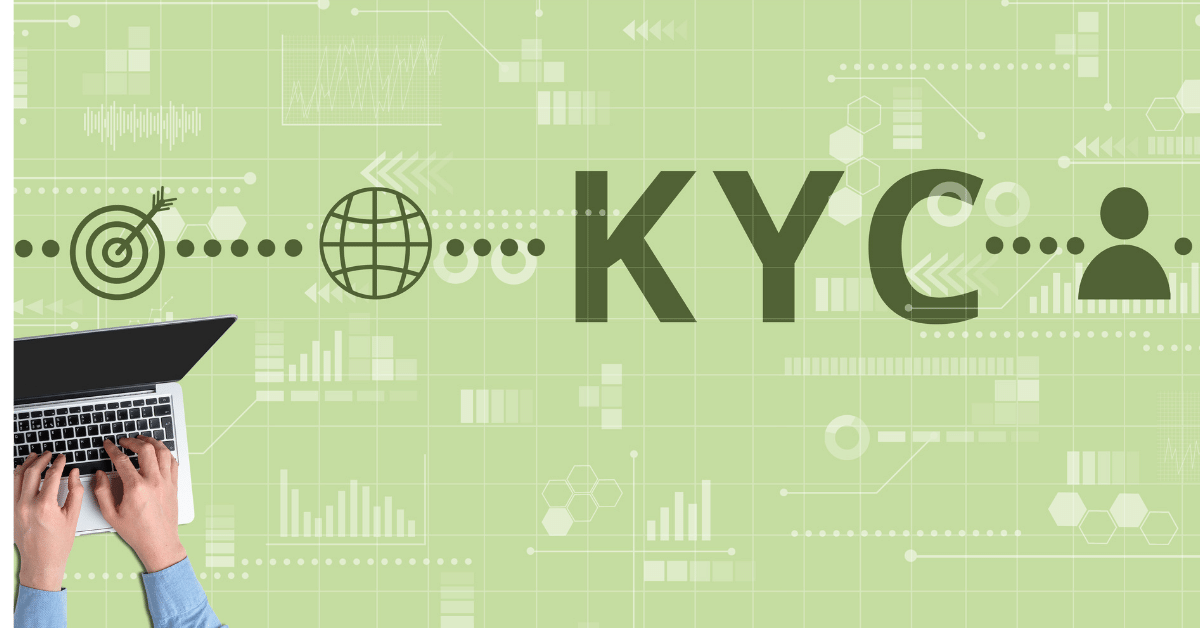In the intricate world of banking, where financial bargains take place at the rate of light, making certain the security of these bargains becomes important. This is where two essential expressions enter into play: AML (Anti-Money Laundering) and KYC (Know Your Customer). Let’s delve into the complexities of these terms, understanding their worth and simply how they shape the landscape of the financial market.
 The Depths of AML and KYC in Banking
The Depths of AML and KYC in Banking
Essentially, AML and KYC are important parts of the financial sector, made to guard against financial criminal tasks and maintain the honesty of banks. AML focuses on quitting money laundering,
while KYC stresses recognizing and confirming the identifications of customers to minimize dangers.

Comprehending AML (Anti-Money Laundering).
Interpretation and Purpose
AML, as the name recommends, is a collection of regulations and strategies targeted at discovering and quitting prohibited financial activities, such as cash money laundering and terrorist funding.
The main purpose is to ensure that banks and various other banks are not unwittingly involved in forbidden deals.
Governing Framework.
AML operates within a rigorous regulatory structure, with policies and guidelines in place to figure out simply how financial institutions need to accomplish due persistance and record questionable tasks.
Federal governments worldwide have accomplished these regulations to curb the circulation of unethical funds.
Technique Components.
Customer Due Diligence (CDD).
CDD consists of detailed background examine customers to examine the danger they position. It includes confirming consumer identifications, acknowledging the nature of their offers, and establishing the source of their funds.
Suspicious Activity Reports (SARs).
Financial institutions are obliged to submit SARs when they experience transactions that show up dubious or perhaps connected to criminal activities. This coverage system help authorities in looking into and stopping financial crimes.

Unraveling KYC (Know Your Customer).
Meaning and objectives.
KYC concentrates on the recognition and confirmation of customers, seeing to it that financial institutions have ample details to identify that they are taking care of.
The major goals are to stay clear of recognition break-in, fraud, and numerous other financial criminal tasks.
KYC Process.
Customer Identification Program (CIP).
CIP is a critical part of KYC, requiring financial institutions to build up particular details to confirm a customer’s identification before opening up an account. This consists of individual information, government-issued recognition, and evidence of address.
Customer Risk Profiling
To properly deal with threats, banks make use of consumer risk profiling, identifying customers based on their prospective threat levels. This assists in performing appropriate actions for tracking and compliance.
AML and KYC Similarities
While AML and KYC offer distinctive functions, they share common ground in their best objective: safeguarding the economic sector from criminal jobs.
Both are indispensable to regulatory consistency, developing a durable protection versus money laundering and unethical monetary techniques.
AML and KYC Challenges.
As the banking landscape establishes, AML and KYC deal with difficulties that need inventive solutions. Technical improvements, globalization, and the fragile equilibrium in between safety and customer experience are important elements shaping the future of these strategies.
AML and KYC Best Practices.
To get over problems, banks ought to take on finest methods in AML and KYC. This contains incorporating robust modern technology solutions, using constant surveillance devices, and buying training and awareness programs for group.

Effect On Banking Operations.
The application of AML and KYC activities has an extensive influence on monetary operations. While it enhances safety and security, it additionally improves consumer onboarding procedures, striking a fragile equilibrium in between safety and effectiveness.
Real-life Examples.
Success Stories.
A variety of banks have actually effectively executed AML and KYC procedures, bring about a considerable reduction in financial criminal tasks. These success stories highlight the significance of an aggressive approach to consistency.
Exceptional Failures and Consequences.
Beyond, situations of failure in performing AML and KYC have really caused serious effects, including big penalties and problems to the establishment’s reliability. Assessing these failures provides essential lessons for the market.
Future Trends in AML and KYC.
Looking in breakthroughs, the future of AML and KYC is related to technical renovations. The adaptation of artificial intelligence and artificial intelligence prepares to transform these methods, giving more trusted and efficient treatments.
Additionally, the regulating landscape will absolutely continue to establish, needing financial institutions to remain dexterous and adaptive.
Judgment.
Finally, AML and KYC are essential elements of the economic market, working as guardians versus monetary criminal activities. As contemporary technology advancements and policies advance, the landscape will certainly stay to change.
Financial institutions that accept these modifications and acquisition resilient both methods will absolutely not only assure controling conformity yet in addition add to a much safer and more risk-free and safe financial setting.

Frequently asked questions.
-
Why are AML and KYC essential in banking?
AML and KYC are crucial in banking to avoid money laundering, terrorist financing, and various other financial criminal tasks, making sure the security of financial deals and controling conformity.
-
Just how do AML and KYC benefit customers?
These techniques boost customer protection, protect versus recognition theft and rip-offs, and contribute to a much more reliable financial setup.
-
What barriers do financial institutions deal with in executing
Obstacles include staying up-to-date with technical developments, managing globalized procedures, and finding the best balance in between protection steps and customer experience.
